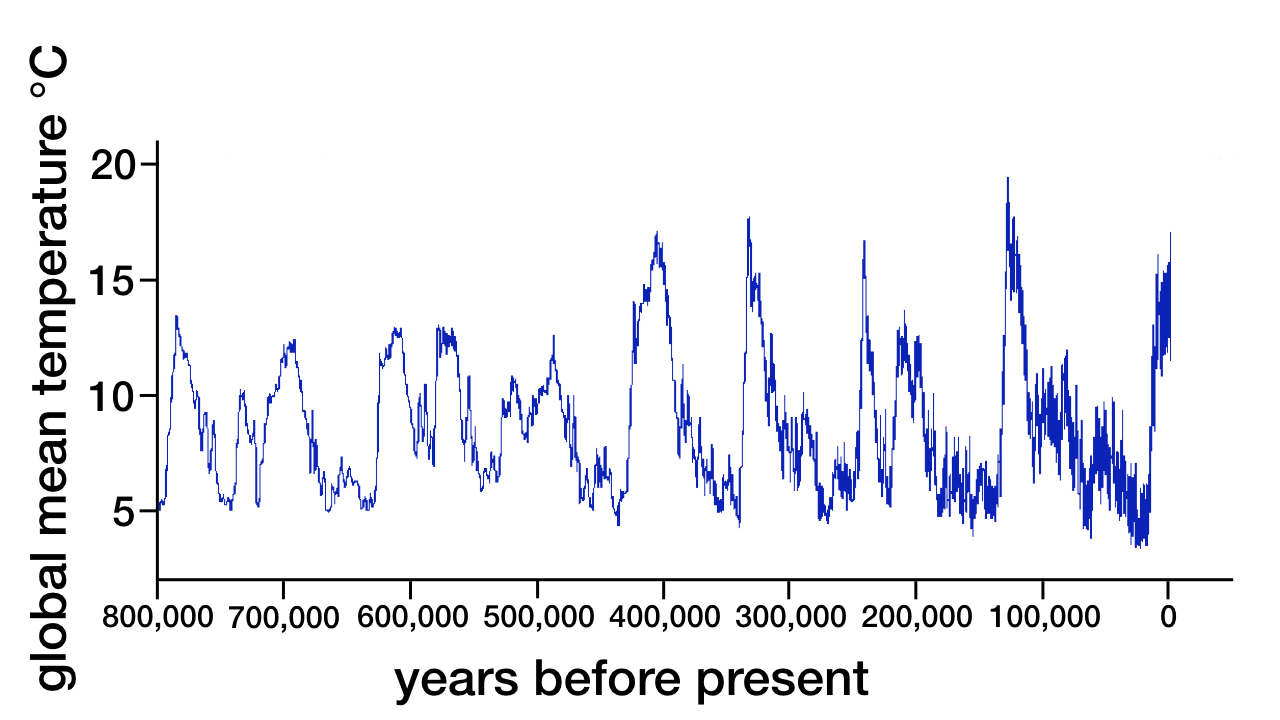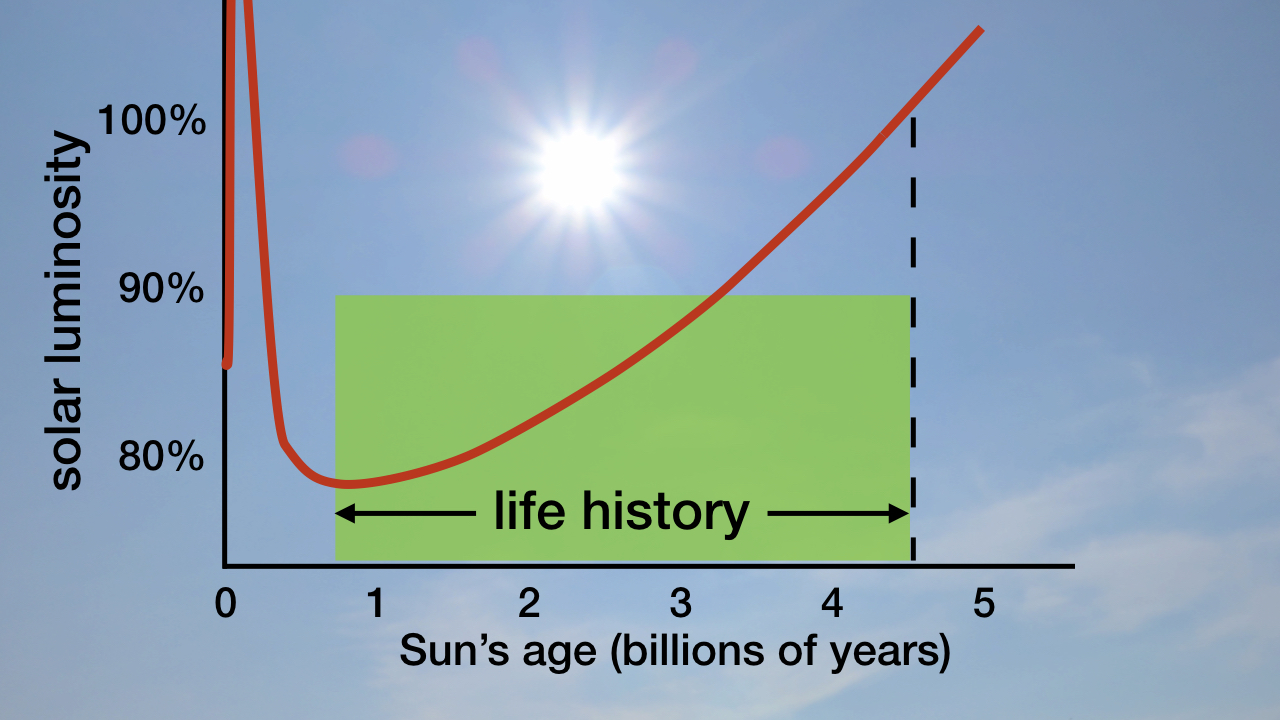Miracles of the Mid-Pleistocene Transition, Part 3
About 800,000 years ago, a miraculous change took place on Earth. The ice age cycle transitioned from happening every 41,000 years to about every 100,000 years, in what is now referred to as the Mid-Pleistocene Transition (MPT). And without the MPT and its consummate fine-tuning and exact timing in history, we would not presently be able to enjoy today’s high population and advanced civilization.
In part 1 of this three-part series, I discussed why the most popular explanation for the MPT has proven inadequate. In part 2 I described eleven new scientific explanations—besides the two I described in my book Improbable Planet1—and their inherent designs that various science research teams have proposed to explain the MPT. Now, to conclude this series, I will show which of the accumulated thirteen proposed explanations most likely correctly describes how the MPT occurred. I will also describe the MPT’s physical and spiritual implications.
Which Explanation(s) Correctly Explains the MPT?
Scientists obviously have no shortage of explanations for the MPT. Whether the list of eleven presented in part 2 plus the two in Improbable Planet1 is exhaustive remains to be seen. That the ice age cycle over the past 800,000 years is not an exact 100,000-years periodicity (see figure 1) argues for more than one cause of the MPT.

Figure 1: Global Mean Temperatures over the Past 800,000 Years. Data derived from ice core records from Vostok, Antarctica, shows an approximate 100,000-year ice age cycle. Image credit: Graph derived from data published by J. Jouzel et al., “Orbital and Millennial Antarctic Climate Variability over the Past 800,000 Years,” Science 317 (2007): 793–797, doi:10.1126/science.1141038.
Interestingly, both the large research team led by Thomas Chalk and the mathematician Hermann Burchard claim to have a complete explanation for the MPT that does not include any explanations other than their own. In support of his exclusive explanation, Burchard notes that the date for the Eltanin impact event in the Southern Ocean (an estimated 1–4 km asteroid impacting the Pacific Ocean to the southwest of Chile and creating a crater an estimated 35 km across) coincides with the 2.588-million-years-ago date for the beginning of the 41,000-year ice age cycle.
A current consensus among geophysicists and climatologists is that it was the simultaneous occurrence of five unprecedented tectonic events (see chapter 15 of Improbable Planet2) that ignited the ice age cycle 2.588 million years ago, in spite of the fact that, at that time, the Sun was brighter than it ever had been since the origin of life 3.8 billion years ago. Given how exceptionally bright the Sun is now and its ongoing brightening (see figure 2), it seems reasonable that the Eltanin impact event may have been a necessary component—in addition to the five outstanding simultaneous tectonic events—to bring on the ice age cycle. Such an impact event also may have been a major cause of the gradual cooling of the global mean temperature that environmentalist Carolyn Snyder pointed out had occurred from 2.0 to 1.0 million years ago (see figure 2).

Figure 2: Sun’s Luminosity History. Image credit: Figure created by the author.
The evidence for increased iron-rich dust fertilization of the Southern Ocean during the past 800,000 years seems indisputable. The evidence that this fertilization lowered atmospheric carbon dioxide levels also seems indisputable. Furthermore, this evidence is affirmed by actual atmospheric measurements establishing that carbon dioxide levels became lower after the MPT. Lower atmospheric carbon dioxide levels would have produced a global cooling effect.
It seems difficult to deny, too, the significant role that changing ice sheet dynamics played in establishing the 100,000-year ice age cycle. On the other hand, major impact events have always produced subsequent global cooling, and it is easy to understand why. While one can dispute Burchard’s claim that an impact event alone explains the MPT, it seems an obvious mistake to insist that it plays no significant role at all.
Having spent a month studying the literature on the MPT, I am persuaded that all eleven explanations described in part 2 of this 3-part series, plus the two described in Improbable Planet, are necessary causal agents. Remove any one of them, and there would either be no MPT or no subsequent sustained 100,000-year ice age cycle.
Physical and Spiritual Implications of the MPT
As I explained in chapter 15 of Improbable Planet, without the MPT and the subsequent approximately 100,000-year ice age cycle, it is impossible for global high-technology civilization to be launched and sustained.3 I also explained and documented in that chapter that an amazing amount of miraculously fine-tuned design is necessary for Earth to experience the ice age cycle that it does today. I wrote that chapter two and a half years ago. The scientific discoveries and research of the past few years on the MPT establish that I grossly underestimated the amount of fine-tuned design needed for us to enjoy all the benefits4 we accrue from the ice age cycle.
The latest discoveries and research on the MPT affirm a principle that is repeatedly declared or implied in the Bible’s wisdom books (Job, Psalms, Proverbs, Ecclesiastes). That principle: the more we learn about nature, the more evidence we will find for the supernatural handiwork of God in designing the natural realm for the specific benefit of the human race.
Endnotes
- Hugh Ross, Improbable Planet: How Earth Became Humanity’s Home(Grand Rapids, MI: Baker, 2016): 206–8.
- Ross, Improbable Planet, 200–204.
- Ross, Improbable Planet, 198–215.
- Ross, Improbable Planet, 209–14.
Check out more from Dr. Hugh Ross @Reasons.org





